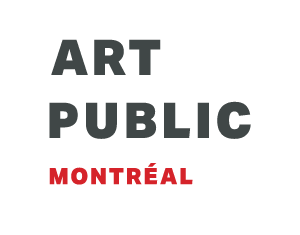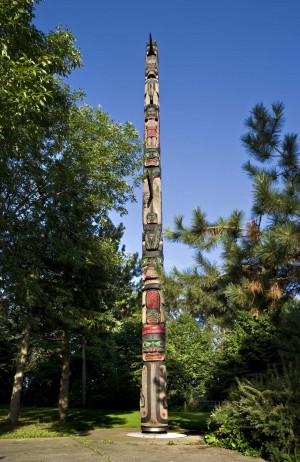
Henry Hunt
Born in Fort Rupert, British Columbia, Henry Hunt (1923–85) was known for his carved sculptures and research on all forms of art of Pacific coast Indigenous cultures. Between 1962 and 1974, he was chief sculptor at the Royal British Columbia Museum, where his son, Tony, served as his assistant. During their careers, the two men created, together or individually, numerous totem poles that are on display all over the world. For example, in 1970 they jointly produced a totem pole for the Osaka World Fair.
The Hunts were trained through the passing of knowledge from generation to generation, reaching back to Charlie James, a renowned late-nineteenth-century artist known for having created a style specific to the Kwakiutl of Fort Rupert. His son-in-law, Mungo Martin, was exceptionally talented and one of the great master sculptors of the Pacific coast. He transmitted his knowledge, technique, and art to his son-in-law, Henry Hunt, and his grandson, Tony. Tony Hunt was also the founder of Arts of the Raven Gallery, an organization devoted to teaching young Aboriginal sculptors.

